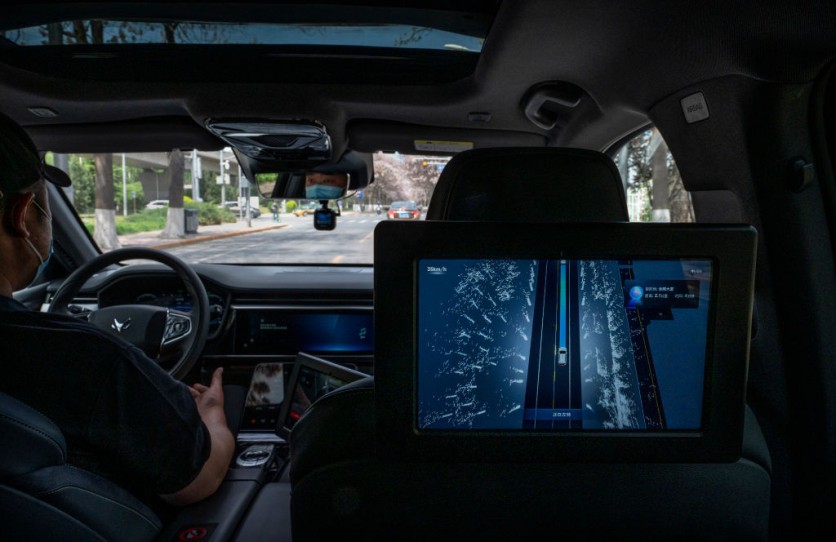San Francisco may soon make history by becoming the first US city with two autonomous robotaxi services, according to a report by AP.
Cruise, a subsidiary of General Motors, and Waymo, a spinoff from Google, are currently seeking regulatory approval to transport passengers around the clock in driverless vehicles.

Face Off with Human-Driven Taxis
If Cruise and Waymo succeed in their objective by the end of the year, they will face off against human-driven Uber, Lyft, and conventional taxis.
However, both businesses must overcome potential obstacles, including criticisms that their cars put people in danger or cause traffic congestion.
Since June 2021, Cruise has been charging users for driverless night rides in less congested San Francisco areas. While waiting for permission to start charging for rides, Waymo has also been providing free autonomous rides in the broader area.
The expansion of both businesses, headquartered in California, is only starting after this competition. While Waymo is already testing its autonomous cars in Los Angeles, Cruise has requested permission to begin testing its robotic vehicles across California at up to 55 mph.
Cruise is also making similar efforts in addition to testing its robotaxis in Phoenix and Austin, Texas, where Waymo's driverless ride-hailing service has been transporting customers since 2020.
Waymo's chief product officer, Saswat Panigrahi, anticipates that the company's prior expertise will pay off when it expands its driverless ride-hailing service from Phoenix to busier areas like San Francisco and Los Angeles.
According to recent announcements from Cruise and Waymo, their driverless fleets have now traveled more than a million miles without experiencing a serious accident.
However, San Francisco has seen some issues with their robotaxis that have caused traffic issues and other inconveniences.
The Race for Self-driving Car Tech
At the cost of more than $100 billion, dozens of other technology firms and manufacturers are competing to create self-driving car technology.
Their ultimate objective is to profit from robotic drivers that are both cheaper and safer than human drivers.
Robotaxis may lead to lower costs for passengers, despite the belief of some that consumers may be willing to pay more for rides without a stranger at the wheel.
Elon Musk, the CEO of Tesla, forecasted nearly four years ago that the electric car manufacturer would be operating a significant robotaxi service by the end of 2020, but has yet to fully materialize that goal, according to AP.
Related Article : Elon Musk Confirms Tesla Autopilot FSD to Have 'Zero-Intervention' Drives as He Hints New Breed of 'Robotaxis'

ⓒ 2025 TECHTIMES.com All rights reserved. Do not reproduce without permission.




